Government Initiatives and Funding
The Gonorrhea Testing Market is significantly influenced by government initiatives and funding aimed at combating sexually transmitted infections. Various health departments are allocating resources to enhance testing capabilities and improve public health outcomes. For instance, recent government programs have focused on increasing access to testing in underserved communities, which has resulted in a notable uptick in testing rates. Funding for research and development of new testing technologies is also on the rise, with some estimates indicating a 15% increase in investment over the past year. These initiatives not only bolster the infrastructure for testing but also raise awareness about the importance of early detection, thereby driving growth in the Gonorrhea Testing Market.
Rise of Telemedicine and Home Testing
The Gonorrhea Testing Market is witnessing a paradigm shift with the rise of telemedicine and home testing solutions. The convenience of at-home testing kits allows individuals to conduct tests privately, reducing the stigma associated with sexually transmitted infections. This trend is particularly appealing to younger demographics who prefer discreet healthcare options. Recent statistics indicate that the market for home testing kits has surged by approximately 25% over the past year. Telemedicine platforms are also facilitating remote consultations, enabling patients to receive timely results and treatment recommendations. This integration of technology into healthcare is likely to enhance accessibility and drive growth within the Gonorrhea Testing Market, as more individuals seek out these innovative solutions.
Increased Public Awareness and Education
The Gonorrhea Testing Market is benefiting from heightened public awareness and education regarding sexually transmitted infections. Campaigns aimed at informing the public about the risks associated with gonorrhea and the importance of regular testing have gained traction. Educational initiatives, often supported by health organizations, have led to a greater understanding of the disease and its potential complications. Data suggests that regions with robust educational programs have seen a 20% increase in testing rates. This growing awareness is likely to encourage more individuals to seek testing, thereby propelling the Gonorrhea Testing Market forward. As awareness continues to spread, the demand for testing services is expected to rise, further solidifying the market's growth trajectory.
Rising Incidence of Gonorrhea Infections
The Gonorrhea Testing Market is experiencing growth due to the rising incidence of gonorrhea infections worldwide. Recent epidemiological data indicates a concerning upward trend in reported cases, particularly among young adults and high-risk populations. This increase in infections has prompted health authorities to emphasize the need for regular testing and early intervention. As awareness of the rising infection rates grows, more individuals are likely to seek testing services. This trend is expected to drive demand within the Gonorrhea Testing Market, as healthcare providers respond to the urgent need for effective testing solutions. The correlation between rising infection rates and increased testing demand suggests a robust market outlook in the coming years.
Technological Advancements in Testing Methods
The Gonorrhea Testing Market is experiencing a notable transformation due to rapid technological advancements. Innovations such as nucleic acid amplification tests (NAATs) have significantly improved the accuracy and speed of gonorrhea detection. These methods are not only more sensitive but also allow for the simultaneous testing of multiple sexually transmitted infections. As a result, healthcare providers are increasingly adopting these advanced testing methods, which are projected to drive market growth. According to recent data, the adoption of NAATs has led to a 30% increase in testing rates in certain regions. This trend suggests that as technology continues to evolve, the Gonorrhea Testing Market will likely expand, catering to the growing demand for efficient and reliable testing solutions.


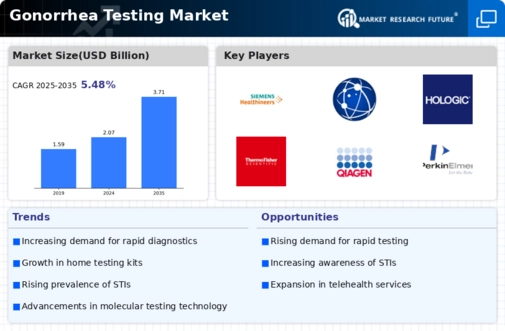
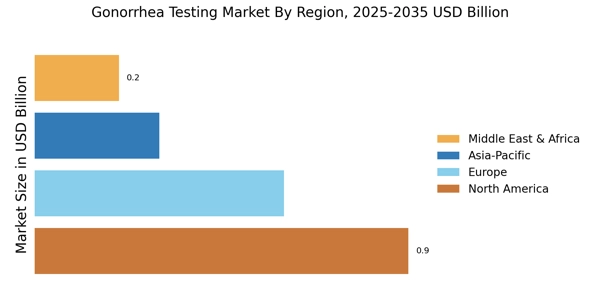

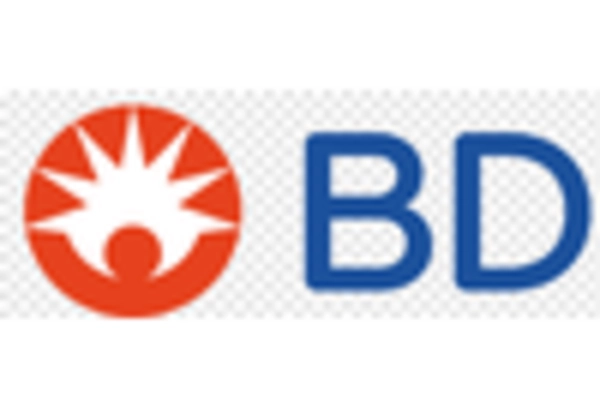
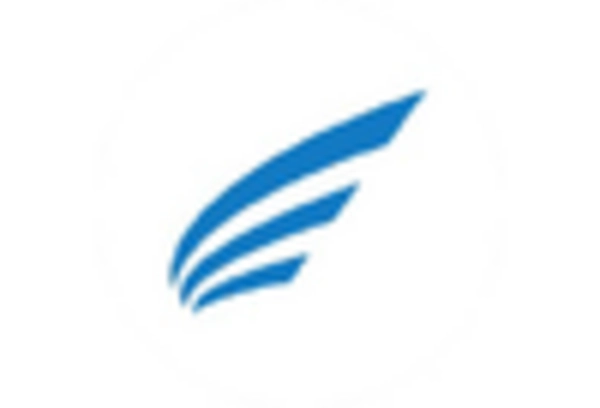
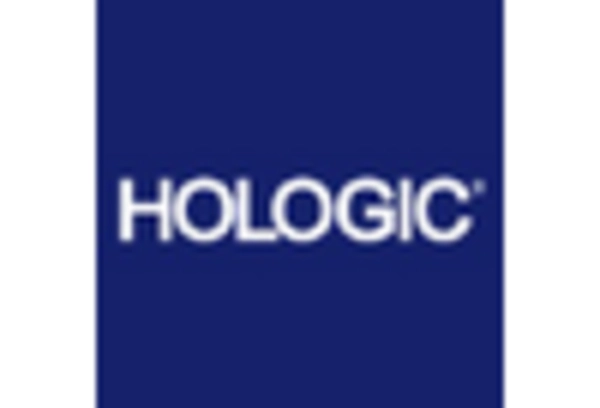










Leave a Comment